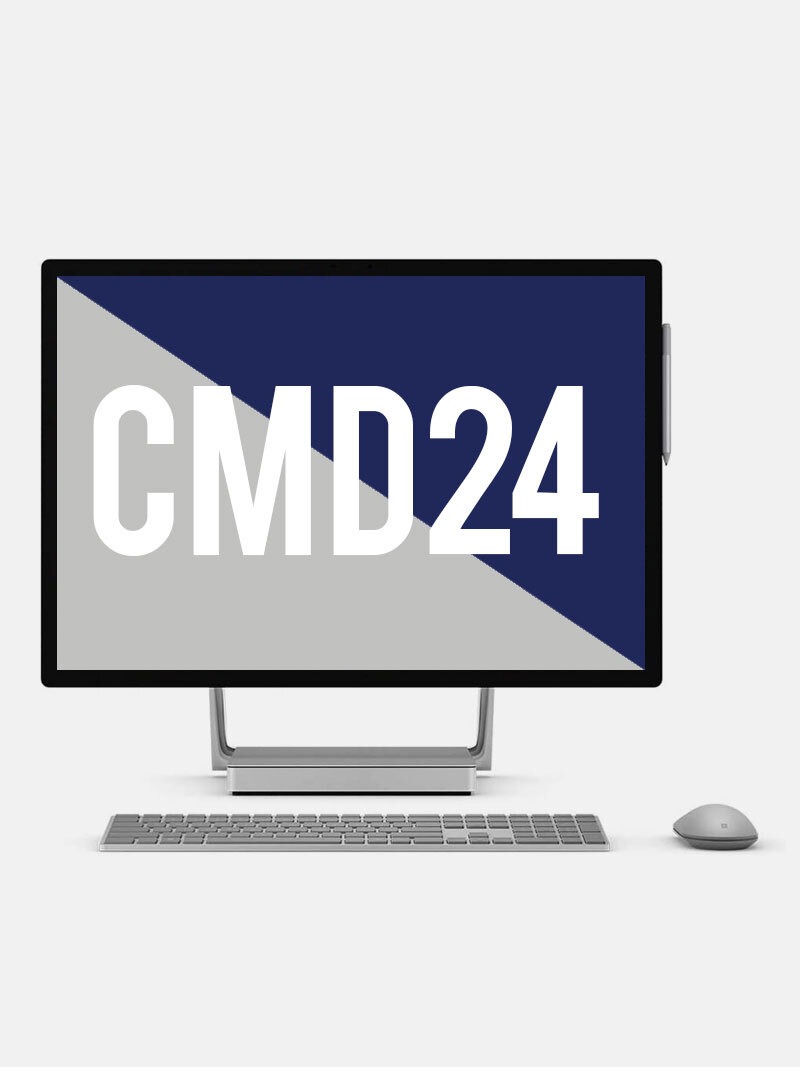Description
The programs provide an easy to use interface for designing masonry elements in accordance with the provisions of Chapter 21 of the 2016, 2019, 2022 or 2025 edition of the California Building Code (CBC), the 2015, 2018, 2021 or 2024 edition of the International Building Code (IBC), and the 2013 edition of the Building Code Requirements for Masonry Structures (TMS 402/ACI 530/ASCE 5) [MSJC (Masonry Standards Joint Committee)] or 2016 or 2022 edition of the Building Code Requirements for Masonry Structures (TMS 402).
CMD24 is divided into nine modules for the design of separate masonry elements. Five are for strength design of masonry based on the 2016 CBC, 2019 CBC, 2022 CBC, 2025 CBC, 2015 IBC, 2018 IBC, 2021 IBC or 2024 IBC Section 2108; Chapter 9 of the 2013 MSJC or Chapter 9 of the 2016 TMS or 2022 TMS. The remaining four are for the working stress design masonry based on 2016 CBC, 2019 CBC, 2022 CBC, 2025 CBC, 2015 IBC, 2018 IBC, 2021 IBC or 2024 IBC Section 2107; 2013 MSJC Chapter 8; or 2016 or 2022 TMS Chapter 8.
CMD24 is divided into nine program modules:
- Strength Design
- Walls for In-Plane Loads
- Walls for Out-of-Plane Loads
- Piers
- Beams
- Columns
- Allowable Stress Design
- Walls for In-Plane Loads
- Walls for Out-Of-Plane Loads
- Beams
- Columns
The Programs operate using a simple menu structure, which allows for the ease of entering data, and reviewing and printing the output. The programs also contain various ‘flags,’ which warn the user when certain code provisions are not being satisfied. The output contains data required to substantiate the design of a reinforced concrete or clay masonry element in a format that is suitable for submittal to a building department or other authority. In addition, the programs provide graphical output of the member geometry and reinforcing steel placement. The strength design programs also produce an Axial Load vs. Moment diagram for the element. The graphical output can be printed to supplement the standard text based output.
Other features:
- Special detailing requirements for seismic regions are considered
- Wall design modules allow both partial and solid grouting
- Biaxial loading of columns is possible



